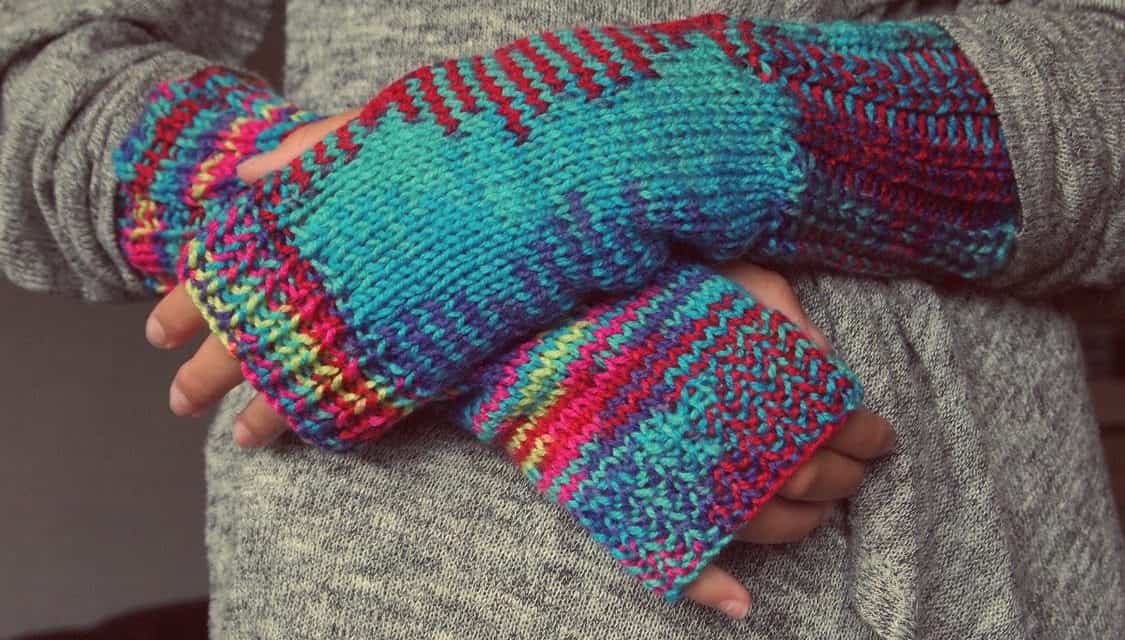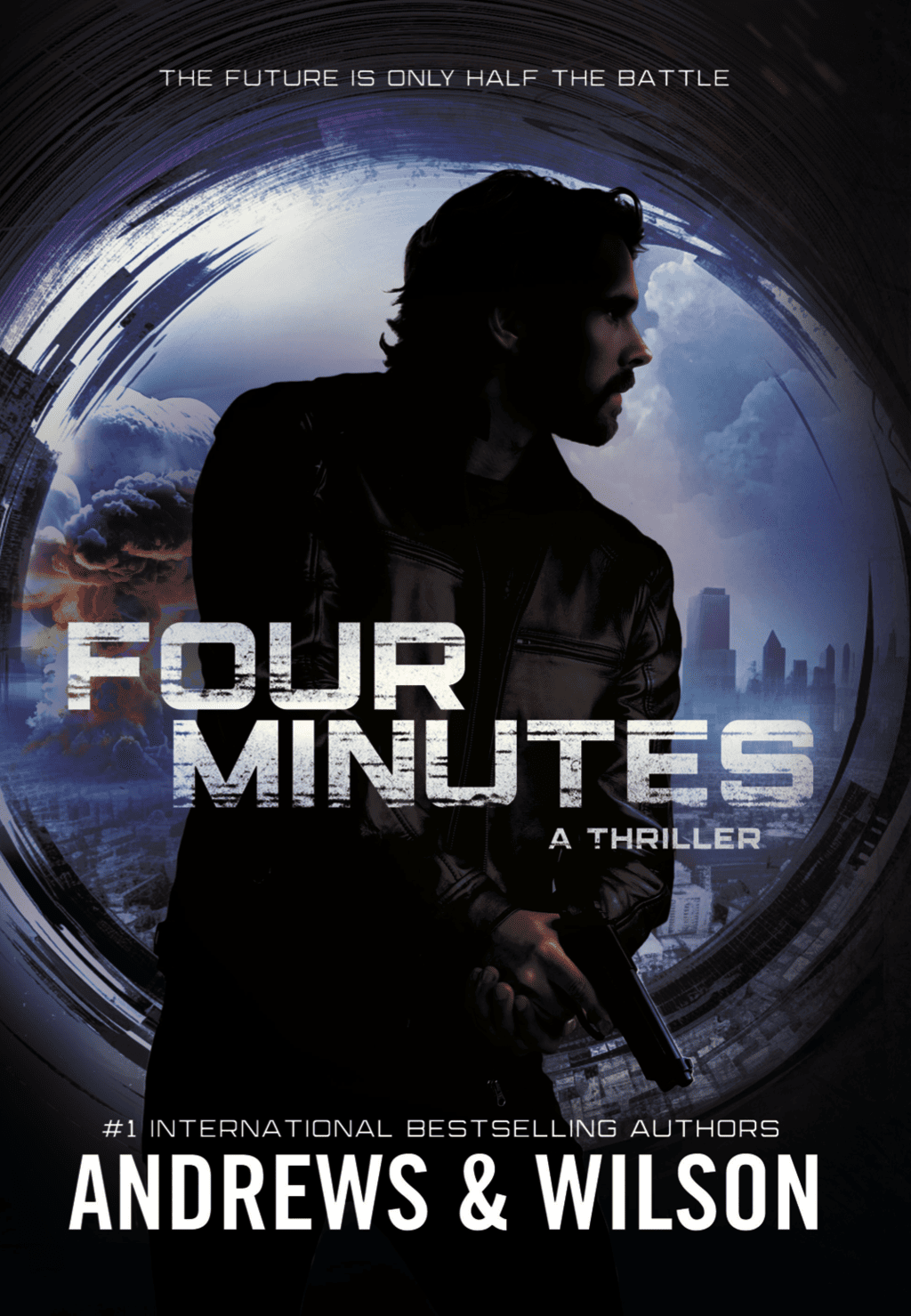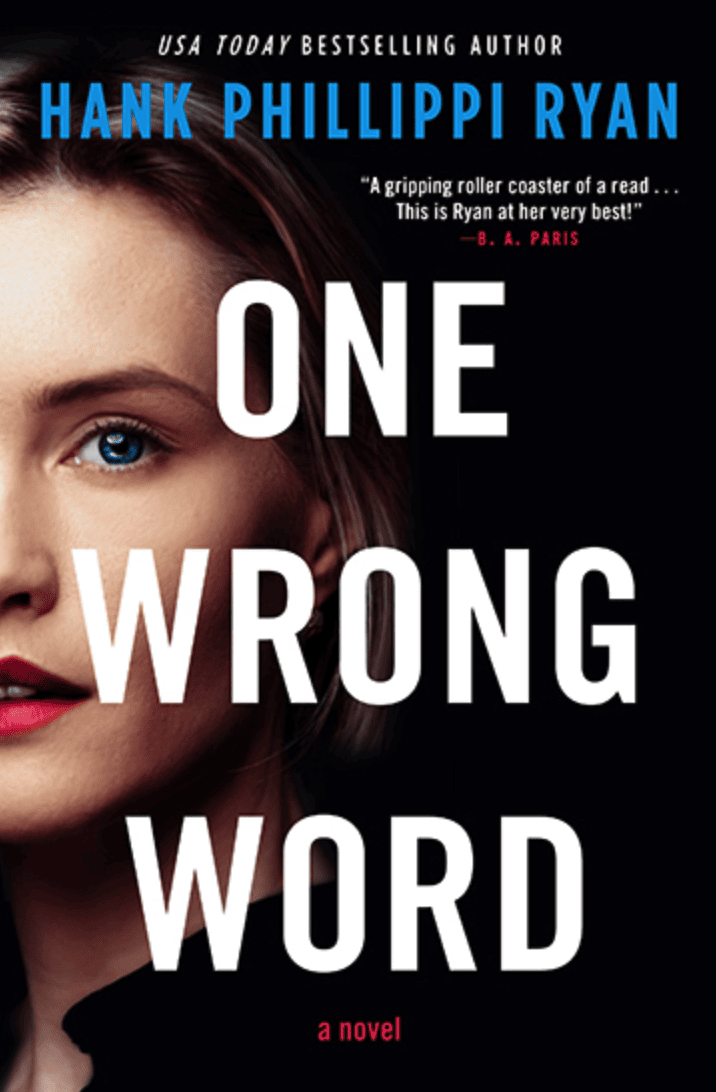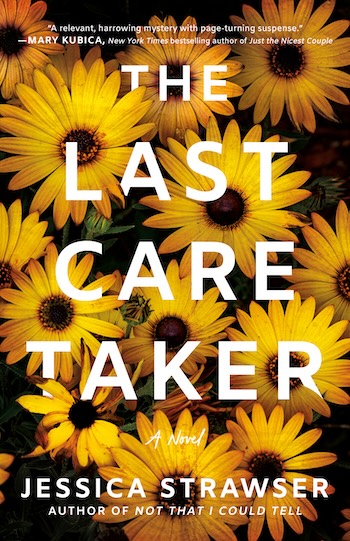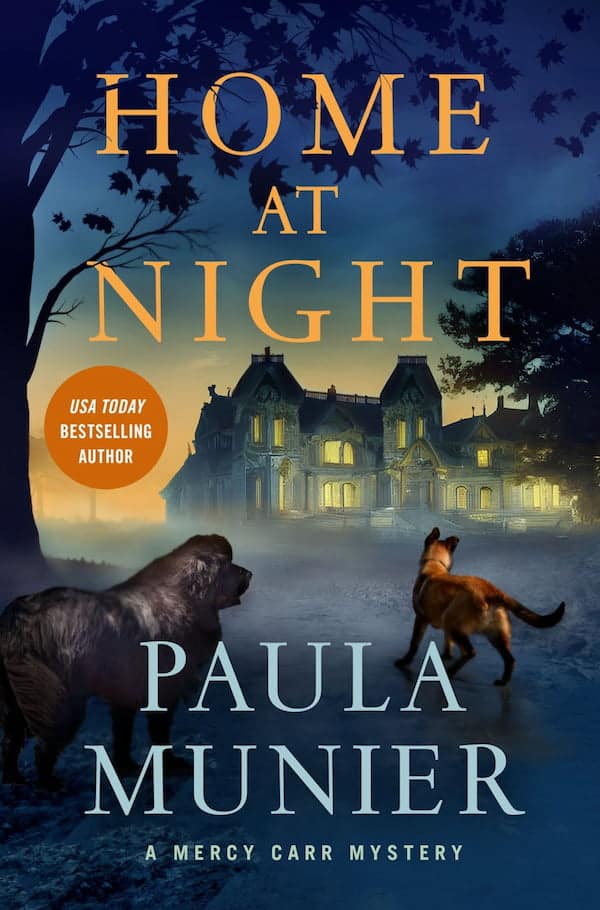I was a knitter before I became a writer. When I had an idea for a knitted design it was all I could think about. I’d dedicate every free moment to the fulfillment of that idea, from design to execution. I was so excited to see the finished product. When I began writing stories, I had the same drive. I’d write down ideas on character and plot. I’d scribble pages of notes, researching setting. The design stage is a lot of fun, but the execution or drafting of a novel is slow work. It makes me anxious, impatient, and frustrated.
When I made my decision to be a writer, I was so excited at the prospect. I didn’t realize, however, just how much time and energy were needed for the process.
I thought stories would just pour out of me.
It didn’t happen that way, at least for me. After years of struggling, I wanted to find a way to make this process easier for me. I invested in craft books on writing, I went to workshops, both live and online. They helped me abundantly, but I’d still get frustrated and stop writing (hence the unfinished manuscripts on my hard drive.) Knitting helped me change my perspective.
One of my favorite things to knit are fingerless gloves. Whenever I knit a pair of a new design, I have a pattern to follow. I’d tick off each row as I go, feeling satisfied in seeing visual evidence of my progress. Following a pattern gives me direction but sometimes I come across a line in the pattern that gives me pause. I’d work through it, however, puzzling out the combination of knits and purls. Sometimes I’d have to make adjustments, altering the pattern slightly to achieve the result I wanted. Which means frogging (undoing what I’ve knitted so far) my project and re-knitting until I get it right. I was tenacious with a capital T.
I realized this was what I needed to do for my writing. I needed to be tenacious; I needed to patient and trust that the words will come. I am the kind of writer that needs to think and plan (yes, yes, I am plotter not a pantser.) I have to approach writing a novel the way I approach my knitting.
Following a pattern gave me direction
A knitting pattern looks a lot like an outline. So I began outlining before drafting my novels. And I don’t mean simply jotting down major plot points or beats in a story. That was just the beginning for me. I found that sketching out my scenes saved me from staring at my computer screen for hours at a time, wondering what I would write next. It gave me something to stand on.
Puzzling out the combination of knits and purls
Sometimes a knit pattern doesn’t turn out the way I want it to and I have to make adjustments. Similarly, a scene would sometimes come out differently than originally planned (High five, pantsers!) When my story changed direction like this, I’d review my outline and revise. At this point, I could feel the book solidifying in my head.
Frogging (undoing what I’d knitted so far) my project and re-knitting until I got it right
Sometimes, the diversion from my outline would force me to rewrite parts of my book. The task would seem overwhelming. Then I’d tell myself to slow down, and consider each story element the way I consider working through a new pattern: one stitch, one row at a time. Words came together the way knits and purls form patterns. Scenes and chapters were like rows of knitting, building up the project until you reach the end. Then you cast off and type THE END.
What helps you finish a draft? Drop us a line on Facebook.
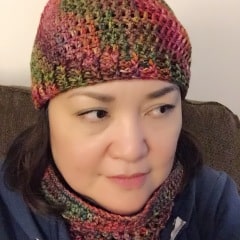 Marie Miranda Cruz is a writer of middle-grade and young adult novels, a clinical laboratory specialist, a proud mother of two grown-up kids and the wife of a Jedi Knight. When she isn’t writing novels, she knits and crochets in order to control her ever-increasing yarn stash. Her debut middle-grade novel, EVERLASTING NORA, will be published in October 2018 from Tor Starscape.
Marie Miranda Cruz is a writer of middle-grade and young adult novels, a clinical laboratory specialist, a proud mother of two grown-up kids and the wife of a Jedi Knight. When she isn’t writing novels, she knits and crochets in order to control her ever-increasing yarn stash. Her debut middle-grade novel, EVERLASTING NORA, will be published in October 2018 from Tor Starscape.

